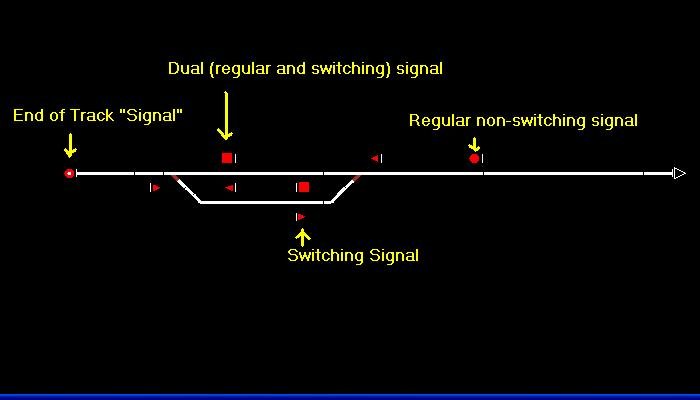CTC features two distinct routing types
-
Train Routing: This is the standard routing for sending trains in and out and through your territory and between stations. The maximum allows speed is determined by the speed limits in the blocks and possibly any switches in reverse position. Switches in nearby tracks are typically aligned such as not to allow any accidental movement of rolling stock into the path of your train. Blocks limited to one direction only can be traveled only in that direction (unless you have temporary override on).
-
Switch Routing: Also known as shunting, here you set routes for switching movements within the station. Generally you don’t switch from one station to another, but switch routing can be set to enter or leave the territory, e.g. from/to a depot or a yard which is not shown on the diagram and thus not under your control. Switch routes can be set to allow a train to enter an occupied block, thus the speed limit is “caution”, requiring the train engineer to watch out for any obstruction ahead of him. Blocks limited to one direction can be entered the wrong way without the need to override. Protecting switches are normally not used.
Routes can be defined as part of the territory data, or they can be setup during start time.
There are different signal types dedicated to the different routing types: Regular signals for Train Routing, Switching signals for Switching, and Combination Signals which can handle both types.
